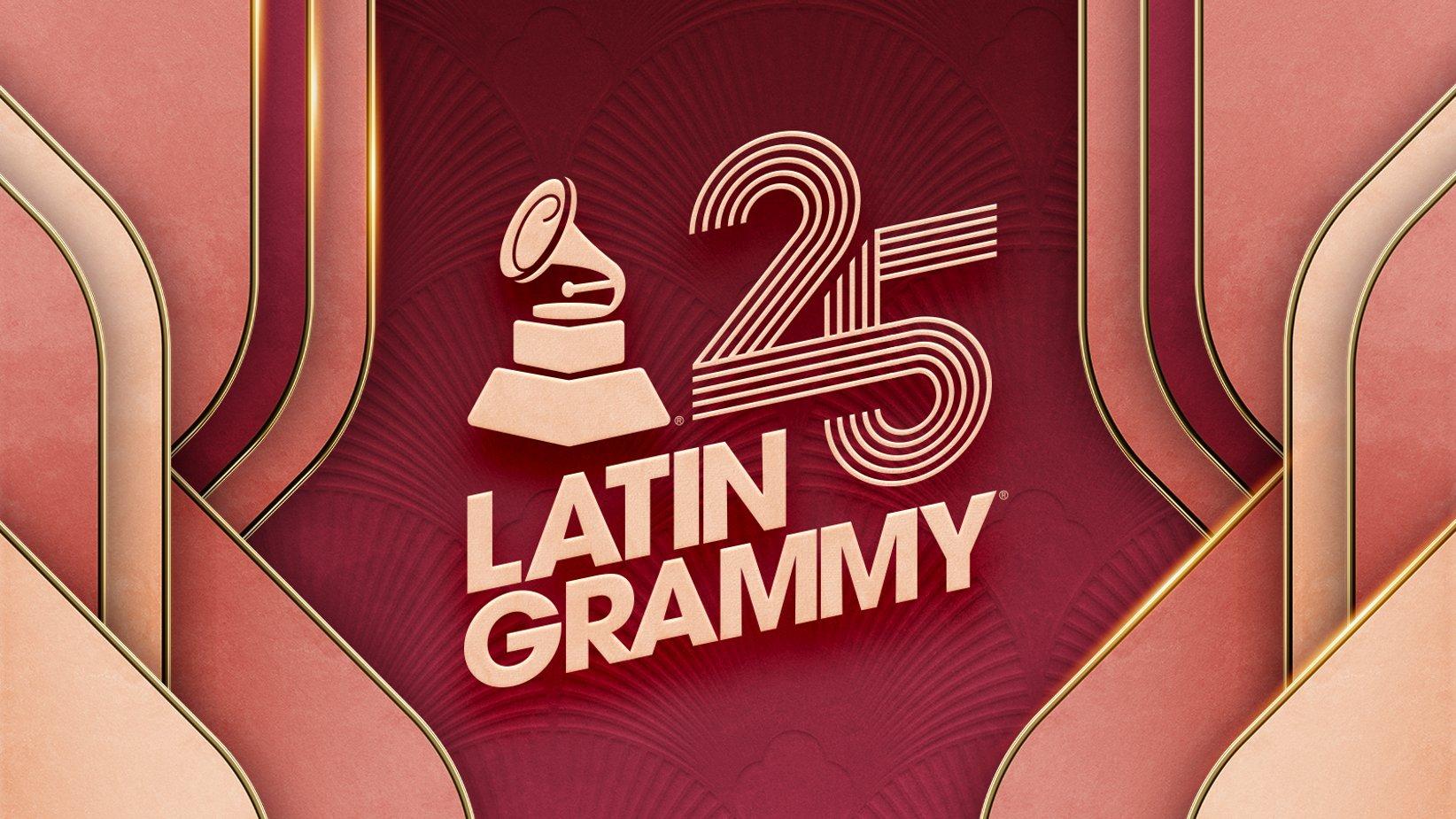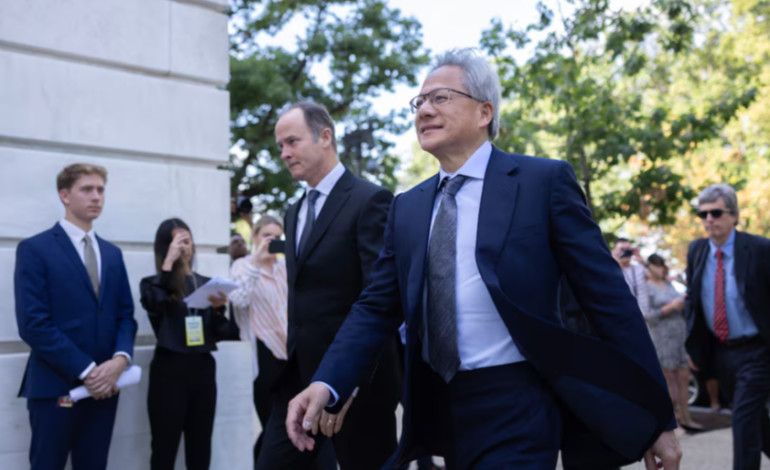The US Supreme Court appeared inclined on Wednesday to let a securities fraud lawsuit proceed against Nvidia, the world’s most valuable chipmaker, over allegations that the company misled investors about its dependence on the volatile cryptocurrency market.
The case, which could have broad implications for how securities fraud claims are handled, has garnered significant attention as it involves a major player in the booming artificial intelligence (AI) industry.
The lawsuit, first filed in 2018, accuses Nvidia and its CEO, Jensen Huang, of hiding the company’s reliance on cryptocurrency miners for its sales of graphic processing units (GPUs) in 2017 and 2018. The plaintiffs, led by a Swedish investment firm, claim that Nvidia misrepresented the extent to which its revenue growth was tied to the cryptocurrency boom, which ultimately collapsed in 2018, causing the company’s stock to plummet.
The Supreme Court’s justices expressed skepticism about Nvidia’s bid to dismiss the case, suggesting that shareholders should be allowed to pursue their class-action claim. During oral arguments, justices from both liberal and conservative sides of the court interrupted and challenged Nvidia’s attorney, Neal Katyal, questioning whether the company’s defense met the standards set by the 1995 Private Securities Litigation Reform Act (PSLRA).
“It becomes less and less clear why we took this case… and why you should win it,” said Justice Elena Kagan, one of the court’s more vocal members.
This statement signaled that the court might be more receptive to allowing the lawsuit to proceed.
The PSLRA was enacted to curb frivolous securities lawsuits, requiring plaintiffs to provide detailed allegations and facts that strongly suggest the defendant knowingly or recklessly misled investors. Nvidia’s legal team argued that the plaintiffs had failed to meet this heightened standard, relying on expert testimony rather than internal company documents to support their claims.
Deepak Gupta, the attorney representing the plaintiffs, argued that the case met the PSLRA’s requirements. He pointed to detailed evidence, including statements from former Nvidia employees, expert analysis of the company’s sales, and internal documents showing how the company hid the extent of its sales to cryptocurrency miners.
“It’s shot through with detail,” Gupta told the justices.
The dispute centers around Nvidia’s sales surge in 2017, fueled by demand from cryptocurrency miners who used the company’s GPUs to mine digital currencies. The plaintiffs allege that despite knowing the significant role that cryptocurrency sales played in its revenue growth, Nvidia downplayed this information to avoid scaring off investors, who might have been wary of the volatile cryptocurrency market. When the cryptocurrency market collapsed in 2018, Nvidia’s GPU sales dropped, and the company’s stock price tanked.
In response, Nvidia’s lawyers argued that the plaintiffs’ case was based on speculative assumptions and lacked specific evidence that CEO Jensen Huang had knowingly misled investors. Katyal suggested that the plaintiffs’ expert testimony was unreliable, as it was based on assumptions about the company’s sales that had not been substantiated by Nvidia’s internal reports.
The case initially faced setbacks in lower courts. A US District Court in California dismissed the lawsuit, but the Ninth Circuit Court of Appeals reversed that decision, allowing the case to proceed. Nvidia then appealed to the Supreme Court, which could set a precedent for how securities fraud cases are handled in the future.
The broader implications of the case were underscored by Justice Ketanji Brown Jackson, who questioned whether the court should impose an impossible burden on plaintiffs to provide evidence they could not access without first being allowed to pursue the lawsuit. Meanwhile, Justice Clarence Thomas raised concerns about the plaintiffs’ ability to prove what company executives knew at the time of the alleged misrepresentation.
The outcome of this case could reshape the landscape for securities fraud claims, particularly for high-profile companies in sectors such as technology and finance. In a similar case involving Meta, formerly Facebook, the Supreme Court is also deliberating whether to allow a securities fraud lawsuit related to a data breach to move forward. Both cases revolve around the question of whether plaintiffs should be allowed to proceed with lawsuits when they may not yet have access to all of the company’s internal documents.
A ruling in the Nvidia case is expected by the summer, with the justices carefully considering the balance between preventing frivolous lawsuits and ensuring that investors have the ability to seek redress when companies mislead them about material risks.
Nvidia, which recently surpassed Apple in market value, has long been a leader in the chipmaking industry, driven in part by its key role in the growing AI sector. However, the company’s involvement in the cryptocurrency market, and its handling of related disclosures, continues to be a point of contention for investors.
The Washington Post, the New York Times, and Business Insider contributed to this report.









